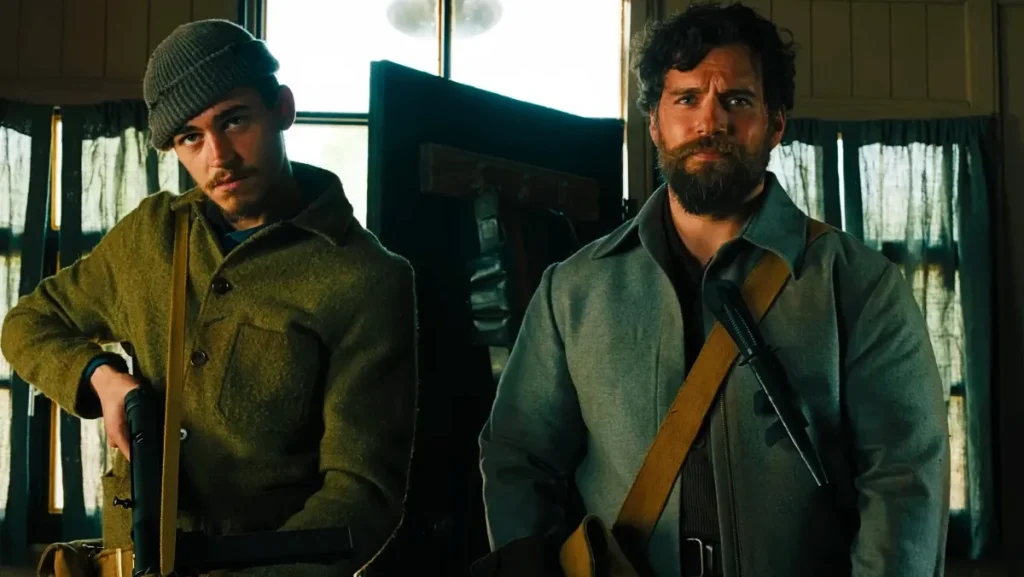“,” directed by Guy Ritchie and starring Henry Cavill, Alan Ritchson, Eiza Gonzalez, Henry Golding, and Alex Pettyfer, is a gripping action war movie set during World War II. While the film promises thrilling action sequences and Ritchie’s signature humor, it’s intriguing to discover that it draws inspiration from a real-life organization and events that played out during the war.
The Birth of the Special Operations Executive (SOE)
The true story behind “The Ministry of Ungentlemanly Warfare” begins with the formation of the Special Operations Executive (SOE) in 1940 under the guidance of British Prime Minister Winston Churchill. The SOE brought together Section D, an undercover force, and a research department of MI6, to employ unconventional methods to sabotage enemy forces. With over 13,000 members, the SOE operated covertly to disrupt Axis powers’ operations during WWII.
Operation Postmaster
The crux of the film’s narrative is based on Operation Postmaster, a real mission undertaken by a faction within the SOE known as the Small Scale Raiding Force (SSRF). In 1941, the British government learned of a German submarine refueling station near Africa and devised Operation Postmaster to disrupt it. Led by Gus March-Phillipps (portrayed by Henry Cavill), the SSRF executed a daring plan to steal Italian and German boats, successfully completing the mission in January 1942.
The Heroes of Operation Postmaster
The film showcases the bravery and skill of the SSRF members involved in Operation Postmaster, including Gus March-Phillipps, Anders Lassen, Freddy Alvarez, Geoffrey Appleyard, Henry Hayes, and Mr. Heron. These real-life heroes risked their lives to carry out the mission, with March-Phillipps receiving accolades for his leadership and the team’s success.
Marjorie Stewart’s Role
While not officially documented as part of the SSRF, Marjorie Stewart, Gus March-Phillipps’ future wife, is depicted in the film as a member of his team. Although women were not part of the SSRF in 1942, Stewart’s involvement in the story adds depth and complexity to the narrative.
Legacy of the SOE
Following the success of Operation Postmaster, the SOE continued its operations until its dissolution in 1946. Despite internal disagreements and changes in leadership, the organization played a crucial role in Allied efforts during WWII. Many members, including March-Phillipps and Lassen, continued to serve in subsequent missions, leaving behind a legacy of courage and sacrifice.
FAQ
Is “The Ministry of Ungentlemanly Warfare” based on a true story?
Yes, the movie draws inspiration from real events involving the Special Operations Executive (SOE) during World War II, particularly Operation Postmaster.
Who were the key figures in Operation Postmaster?
Gus March-Phillipps led the Small Scale Raiding Force (SSRF) during the operation, with notable members including Anders Lassen, Freddy Alvarez, Geoffrey Appleyard, Henry Hayes, and Mr. Heron.
Was Marjorie Stewart a real member of the SSRF?
While there is no direct evidence of Stewart’s involvement, the film portrays her as part of Gus March-Phillipps’ team, adding a fictional but compelling aspect to the story.
What was the outcome of Operation Postmaster?
Operation Postmaster was successful in disrupting a German submarine refueling station near Africa in January 1942, showcasing the SOE’s effectiveness in covert missions.
What happened to the SOE after WWII?
The SOE was dissolved in 1946, following the conclusion of World War II. Despite its dissolution, many former members continued to serve in various capacities within the military and intelligence community.
